Stovetop Cassoulet Recipe – Easy French Duck and Sausage Stew (No Oven, Shorter Version)
This stovetop cassoulet recipe is a simplified take on the classic French dish from Southwest France. Unlike the traditional oven-baked cassoulet that can take over 6 hours with multiple crust breaks, this version is made entirely on the stove in just a few hours. It still features all the authentic flavors — tender white beans, rich duck confit, smoky sausages, and salted pork belly — but in a shorter, no-oven cassoulet that’s perfect for weeknight comfort food. If you’ve been looking for an easy cassoulet recipe without baking, this rustic French duck and sausage stew is the answer.

In this recipe, the white beans are soaked for 24 hours, blanched, and then gently simmered with aromatics, lardons, and tomato paste until creamy. The meats are added at the end so they stay tender and juicy. Serve it with crusty bread and a crisp salad like my authentic Caesar salad or rustic Parisian potatoes for a complete French country meal.
Why You’ll Love This Cassoulet
- Authentic Southwest France recipe – made with duck confit, sausages, and salted pork belly.
- Perfect bean texture – soaked 24 hours, blanched, then slow-simmered.
- Balanced with tomato paste – adds subtle richness and color.
- Rich but not heavy – meats are added in the last 10 minutes for perfect texture.
- Make-ahead friendly – tastes even better the next day.

Ingredients (6 servings)
- 400 g dried white beans (Tarbais or cannellini)
- 3 duck confit legs (about 1–1.1 kg total)
- 1 Morteau sausage (~250 g), cut in 4
- 1 Montbéliard sausage (~200 g), cut in 3
- 1 Toulouse sausage (~200 g), whole or halved
- 250 g salted pork belly (150 g strips, 100 g lardons)
- 100 g smoked pork or ham (optional, cut into batons)
- 2 medium onions (~200 g), chopped
- 2 medium carrots (~180 g), chopped
- 4 garlic cloves, minced
- 2 tbsp tomato paste (30 g)
- 1.5 L rich pork or chicken stock
- 2 tbsp duck fat (or rendered lardon fat)
- 1 bay leaf, 1 thyme sprig, 2 cloves (if not already in the stock)
- 1 tsp freshly ground black pepper
Step-by-Step Instructions
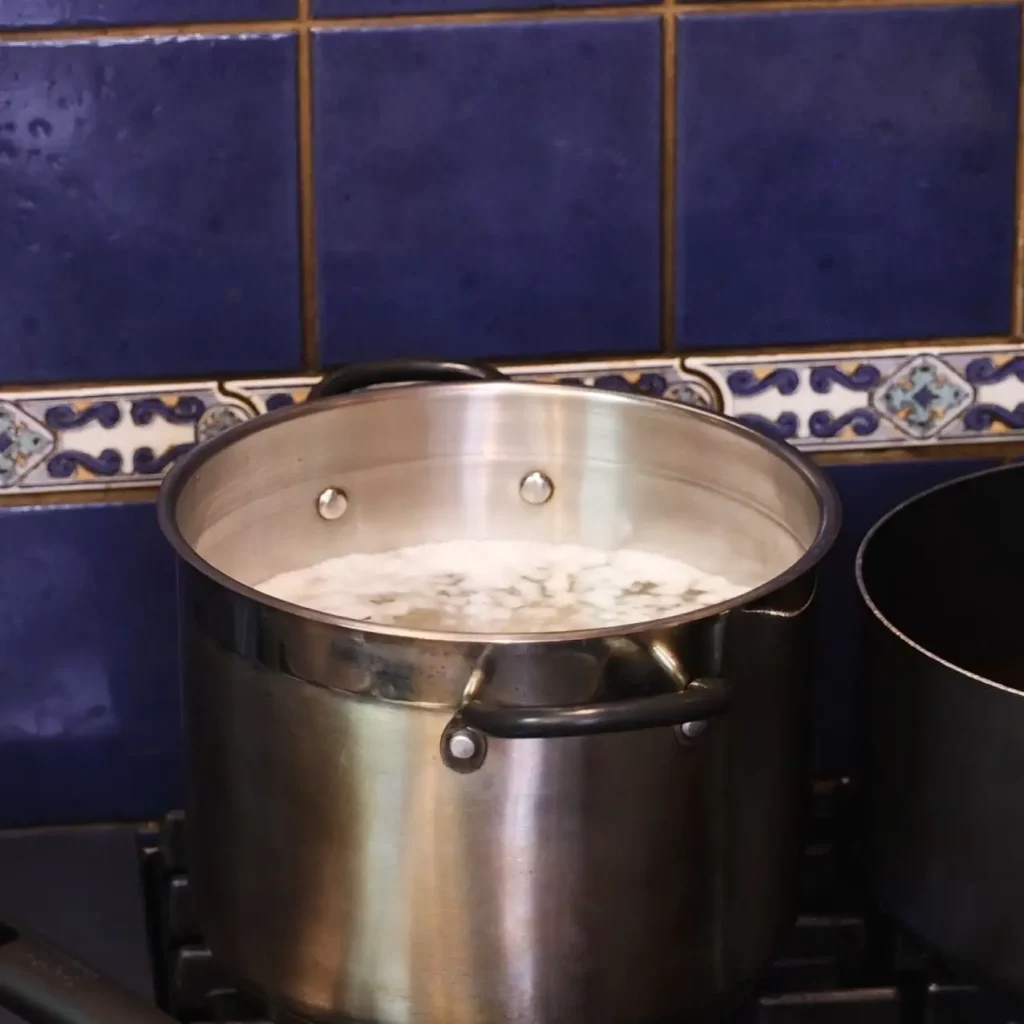
1. Soak the beans
- Place beans in a large bowl, cover with plenty of cold water.
- Soak for 24 hours.
- Drain and rinse before cooking.
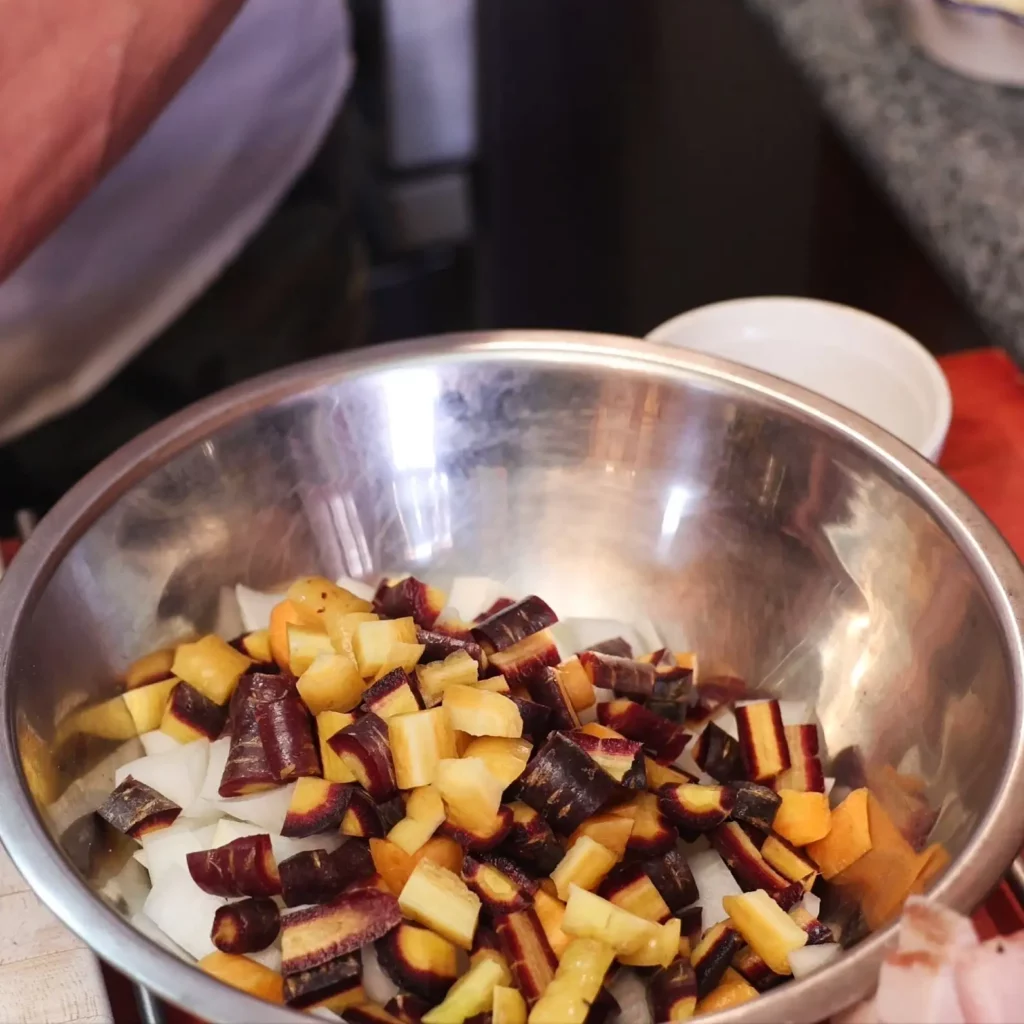
2. Blanch the beans
- Transfer soaked beans to a pot, cover with fresh water.
- Bring to a boil, cook 3 minutes, then drain and rinse again.
- This step removes starch and ensures tender beans.
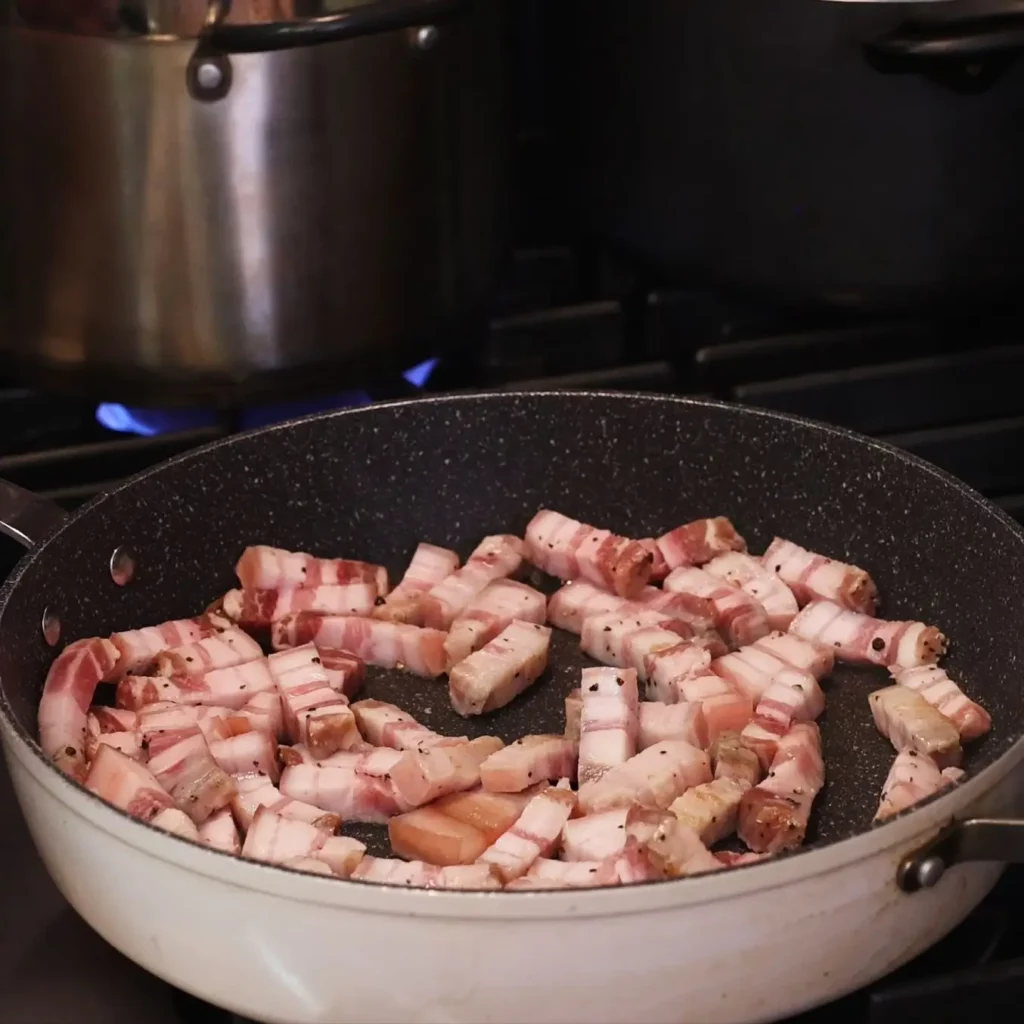
3. Cook the aromatics
- In a large skillet, heat 2 tbsp duck fat.
- Add the lardons, render until lightly browned.
- Stir in onions, carrots, and garlic. Cook until softened (6–8 minutes).
- Add 2 tbsp tomato paste and cook 1–2 minutes to caramelize.
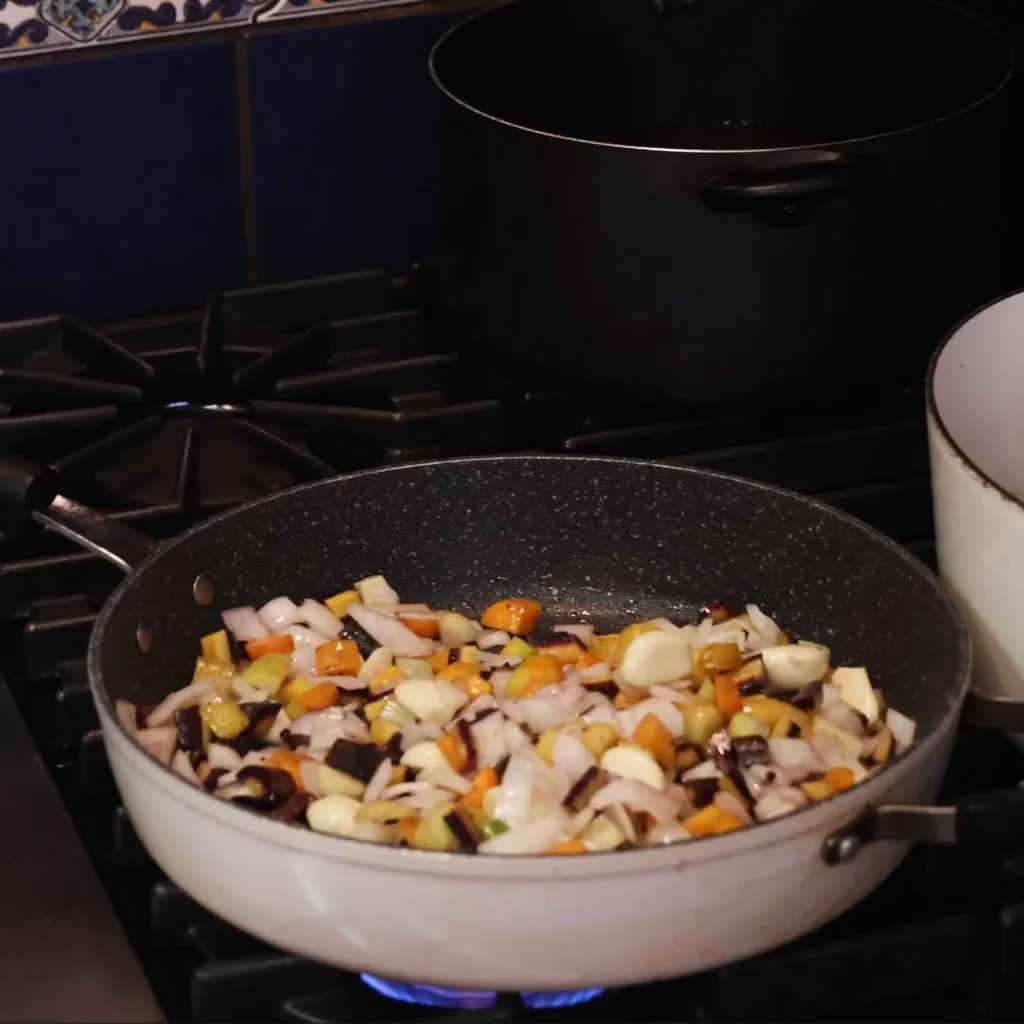
4. Simmer the beans
- Place blanched beans, aromatics, pork belly strips, and stock in a Dutch oven.
- Add bay leaf, thyme, and pepper.
- Bring to a boil, then reduce to a gentle simmer.
- Cook for 1 hour, until beans are tender and creamy. Check liquid level and top up with hot water if needed.
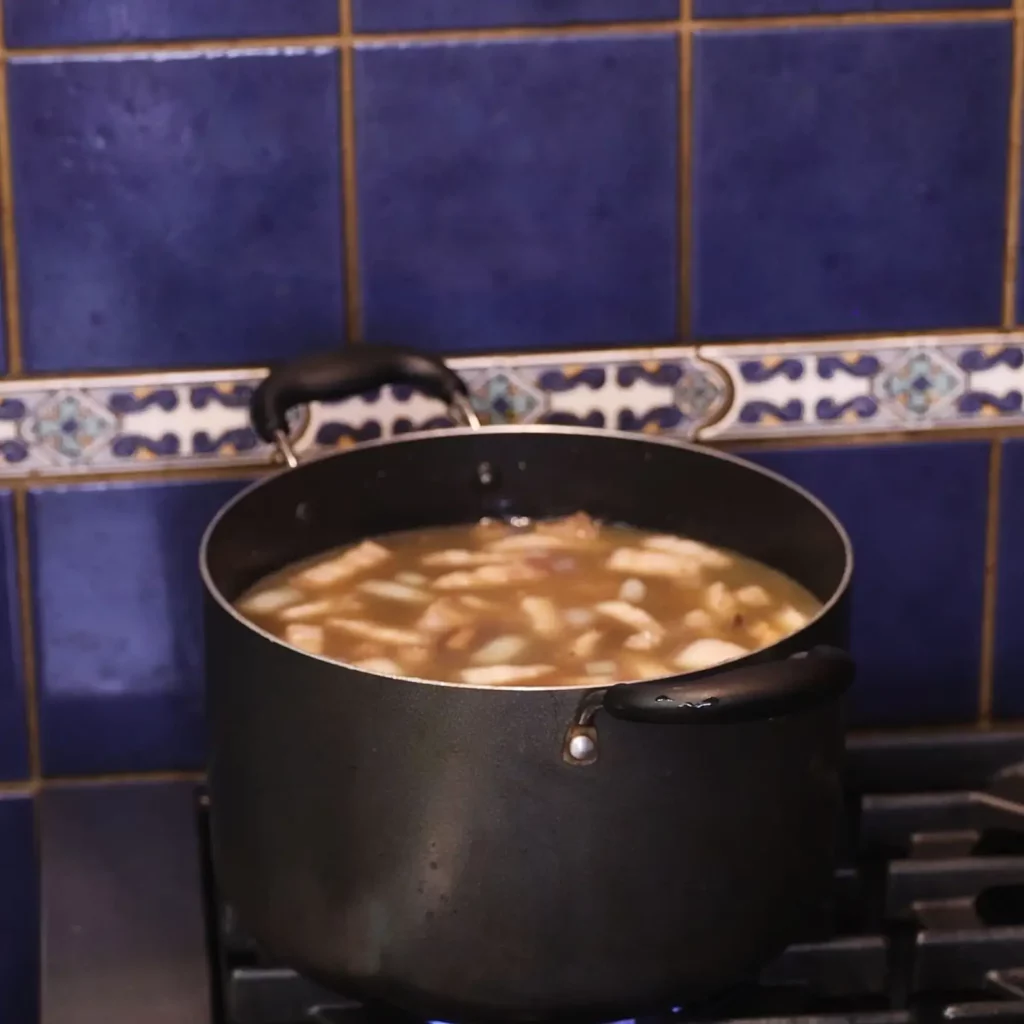
5. Add the meats
- Brown sausages in a skillet for extra flavor.
- Warm duck confit legs to crisp the skin.
- Cut smoked pork into batons if using.
- Add sausages, duck legs, and smoked pork to the beans.
- Simmer gently for 10 minutes to warm through and release flavors.

6. Serve
- Serve hot in deep bowls, with beans and meats in every portion.
- Optional: top with breadcrumbs, drizzle with duck fat, and bake for a golden crust.
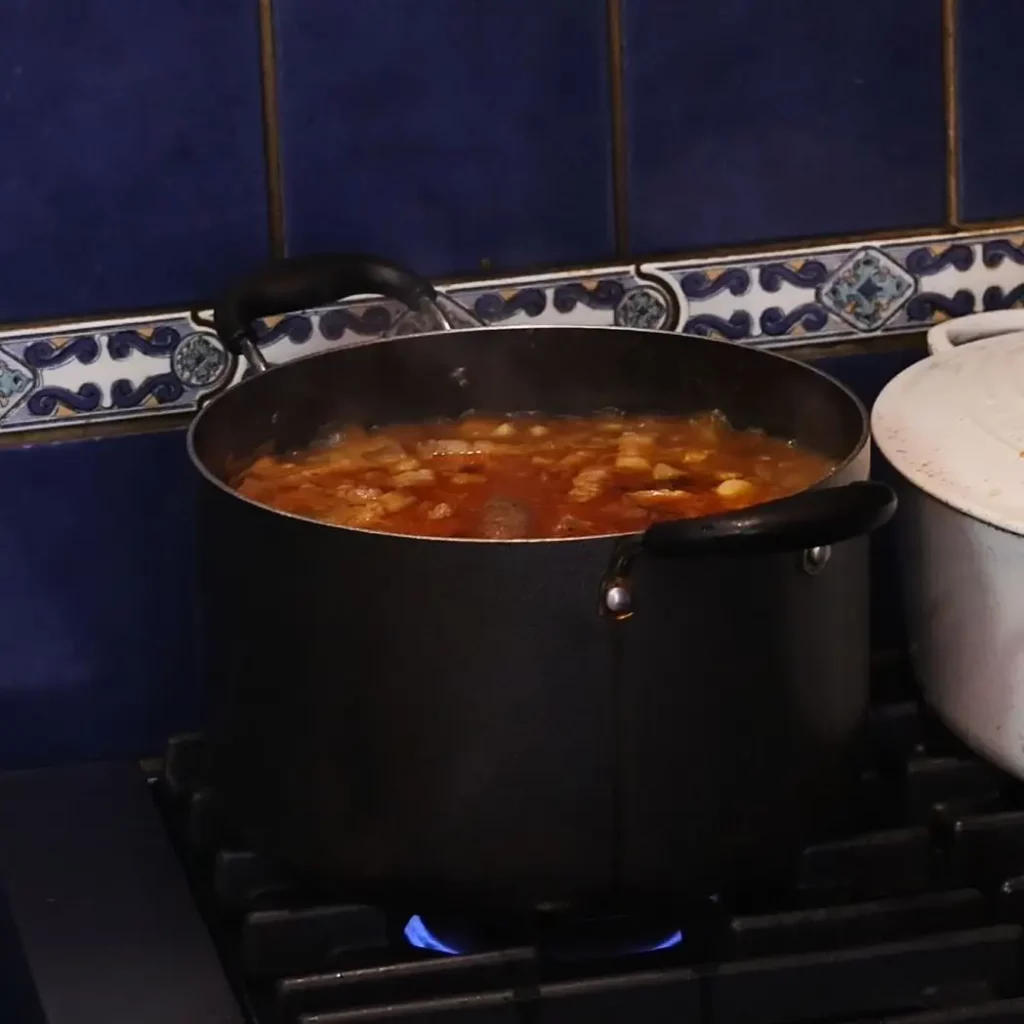
Substitutions
- Beans: Tarbais are traditional, but cannellini or great northern beans work well.
- Duck confit: Substitute chicken thighs if duck is unavailable.
- Sausages: Toulouse is classic, but Italian pork sausage is acceptable.
- Pork belly: Swap for pancetta or salt pork if needed.

Tips & Tricks
- Soak + blanch: This two-step prep gives beans a creamy texture without splitting.
- Caramelize tomato paste: Cooking it with aromatics deepens the sauce.
- Liquid check: Keep beans covered with stock while simmering.
- Rest overnight: Like many stews, cassoulet tastes even better reheated.

FAQ
Why blanch after soaking?
It removes excess starch and bitterness, helping beans cook more evenly.
Can I prepare cassoulet ahead of time?
Yes! Store in the fridge overnight — the flavors meld and improve.
Do I need duck confit?
For authenticity, yes. But chicken thighs are a workable substitute.
What to Serve with Cassoulet
Cassoulet is rich and filling, so pair it with lighter sides:
- Creamy pasta salad with bell peppers
- Homemade garlic butter with fresh bread
- Homemade Greek salad
- Traditional gratin dauphinois

Useful Links
🛒 Michel Dumas Shop : Explore our kitchen essentials, including aprons and knives.
🌐 Linktree : Access all our important links in one place.
📱 YouTube | Instagram | Facebook | TikTok : Follow us for the latest recipes and culinary tips.

Stovetop Cassoulet Recipe – Easy French Duck and Sausage Stew (No Oven, Shorter Version)
Ingredients
- 400 g dried white beans soaked 24 h + blanched 3 min
- 3 duck confit legs ~1–1.1 kg
- 1 Morteau sausage ~250 g
- 1 Montbéliard sausage ~200 g
- 1 Toulouse sausage ~200 g
- 250 g salted pork belly 150 g strips + 100 g lardons
- 100 g smoked pork optional
- 2 onions 2 carrots, 4 garlic cloves
- 2 tbsp tomato paste 30 g
- 1.5 L stock 2 tbsp duck fat
- Bay leaf thyme, pepper
Instructions
- Soak beans 24 h, drain. Blanch 3 min, rinse.
- Render lardons in duck fat, add onions, carrots, garlic.
- Stir in tomato paste, cook 2 min.
- Add beans, pork belly, stock, and herbs. Simmer 1 h.
- Brown sausages, crisp duck.
- Add meats to beans, simmer 10 min.
- Serve hot (optional breadcrumb crust).
Video
Notes
Substitutions
- Beans: Tarbais are traditional, but cannellini or great northern beans work well.
- Duck confit: Substitute chicken thighs if duck is unavailable.
- Sausages: Toulouse is classic, but Italian pork sausage is acceptable.
- Pork belly: Swap for pancetta or salt pork if needed.
Tips & Tricks
- Soak + blanch: This two-step prep gives beans a creamy texture without splitting.
- Caramelize tomato paste: Cooking it with aromatics deepens the sauce.
- Liquid check: Keep beans covered with stock while simmering.
- Rest overnight: Like many stews, cassoulet tastes even better reheated.





